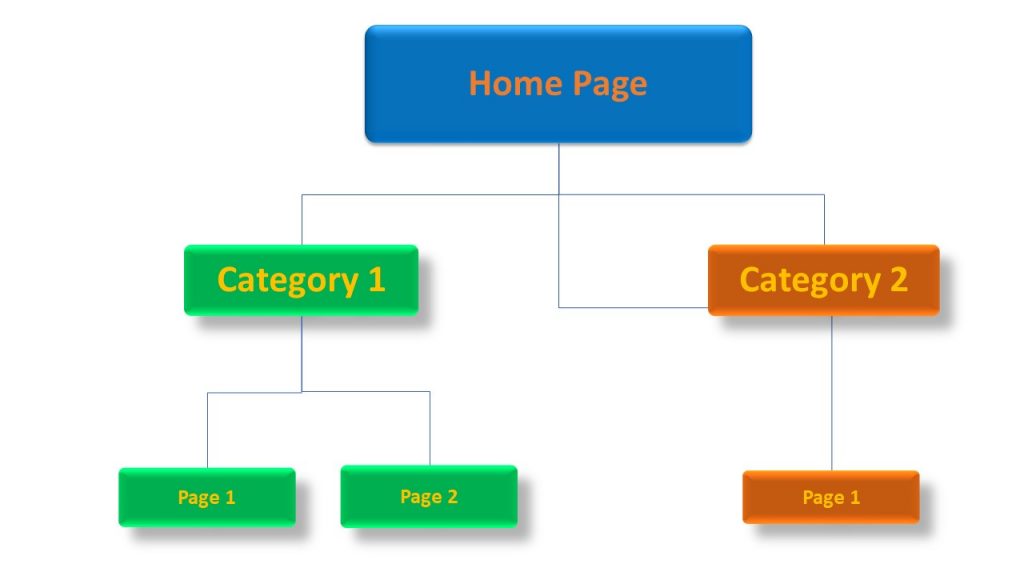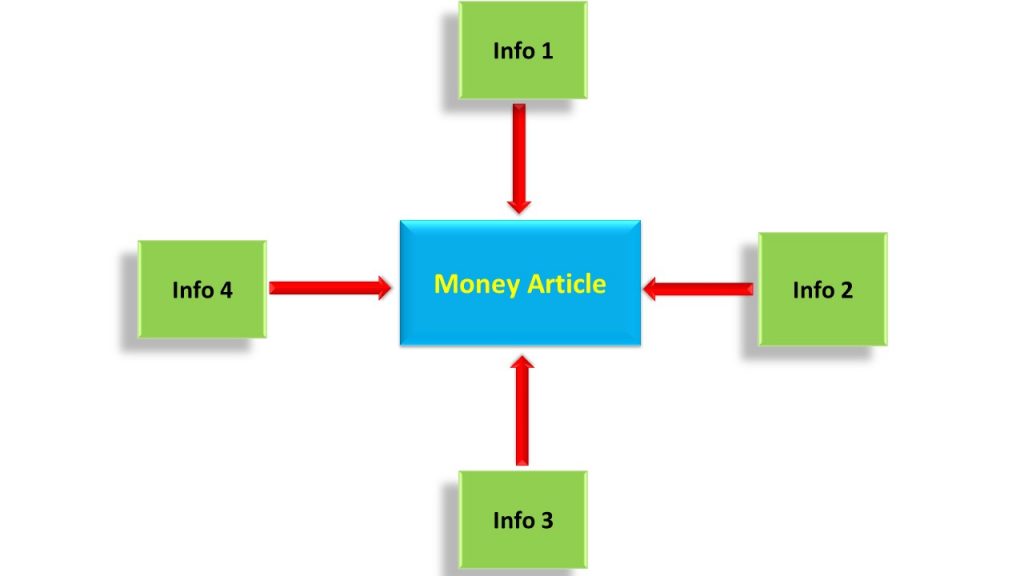To keep your website visitors on the site and encourage them to convert, it’s essential that you have easy-to-navigate pages with clear calls-to-actions. One way of doing this is by creating a silo structure for each page or blog post within your content management system (CMS). This will help users find what they’re looking for quickly without having any confusion about where certain pieces fit into the whole plan.
If you’re looking to boost your SEO, a silo structure is a way to go. By grouping similar content together, you can make it easier for search engines to understand and index your site – which will inevitably lead to better results. Here’s what you need to know about using a silo structure on your site.
What is a Silo Structure?

The benefits of using a silo structure for your website are that it allows you to organize content logically and makes finding what exactly suits one’s needs easier. You can think about this type of architecture as creating categories, subtopics within those folders, etc., which will help keep things organized.
In short, it is a way to organize your website content in a way that improves the user experience and helps Google better understand your site. By understanding the basics of how silos work, you can start implementing them on your website and see an improvement in your search engine results page (SERPs) ranking.
How Silo Structures Improve Ranking
The silos structure basically passes link juice from one article to another, and it helps that this keeps on going as you move up the search rankings.
Search engine optimization is a delicate balance between content creation and site structure. If you want your SEO efforts to be successful, then make sure that both aspects of these balances are in line with each other by using the right tools for their job.
The most important aspect of having a good silo structure is how it helps promote readability on pages through cohesive design which also has benefits such as increased user engagement rates due to easier navigation capabilities among other things.
Improve User Experiences
if users have a better experience on your site, they’re more likely to stay longer and come back. This signals to search engines that your site is valuable and worth ranking higher.
Increase Engagement
Similar to the point above, increased engagement (whether it’s time on site, pages per visit, or bounce rate) tells search engines that people are finding value on your site. The more engaged users are, the higher you’ll rank.
Crawl and Index Your Site More
By creating silos, you’re essentially creating an internal linking structure that can help search engines crawl and index your site more.
Rank Higher
Maintaining a proper silo structure is key to ranking your old content or focusing on the keywords you want higher rankings for.
Silo Creates Keyword Relevancy and Context
The content on your website has to be accurate and relevant if you want search engines like Google to find it. For example, consider this blog post about healthy life:
It should come under the category “Diet” so that readers can easily navigate through all of our diets, plus they’ll know when an article refers specifically (or primarily) to one type/style rather than another way.
How to Do Silo Structure
Homepages are great for grouping content into categories and subcategories so users can easily find what they’re looking for.
The two most common types of silos on the site would be Home Pages, which contain all your site’s top-level pages like About Us or Services, these provide an overview with links back to more detailed information within each section if needed.
Another type is Articles: These deal specifically with written material published by you (or someone else). They have uniform formats such as headings throughout every paragraph marking important points, and interlinking with other articles.
Bonus Tips

Interlinking from other articles to specific ones is a great way of ranking high on Google for certain keywords. If you want higher rankings with your keyword, then all interlinkings should be done on the desired article.
You may also like:
